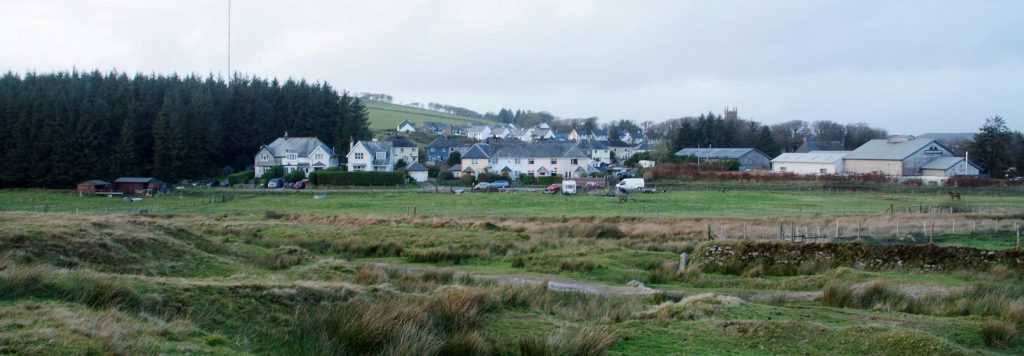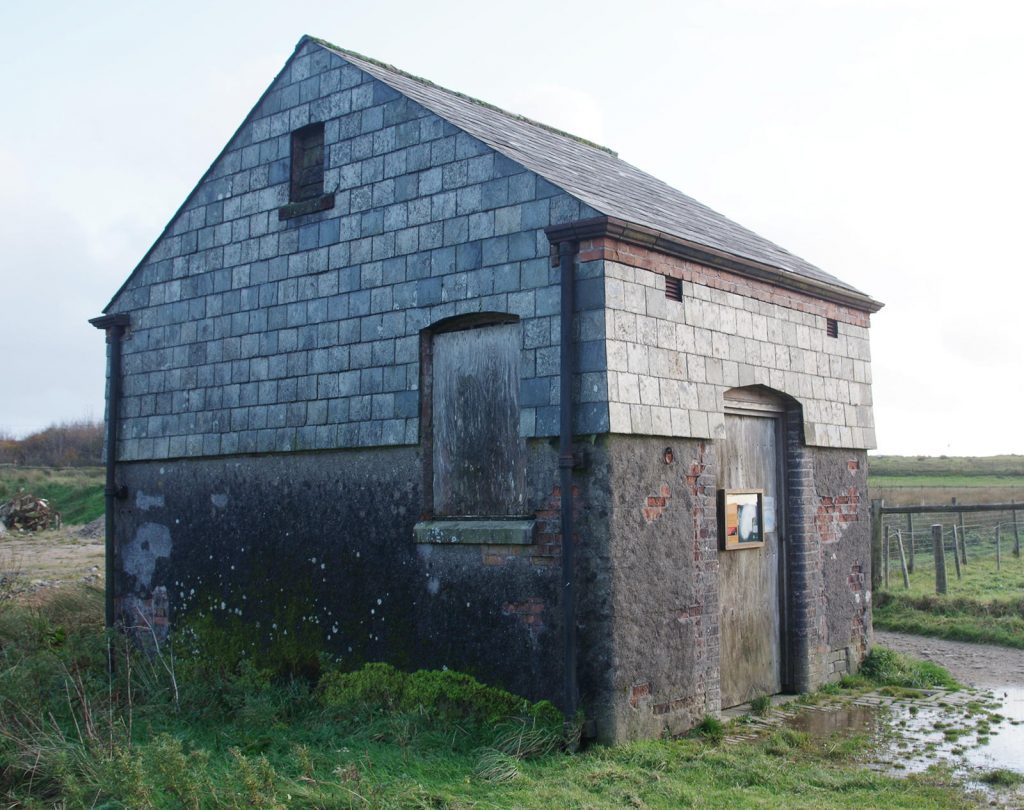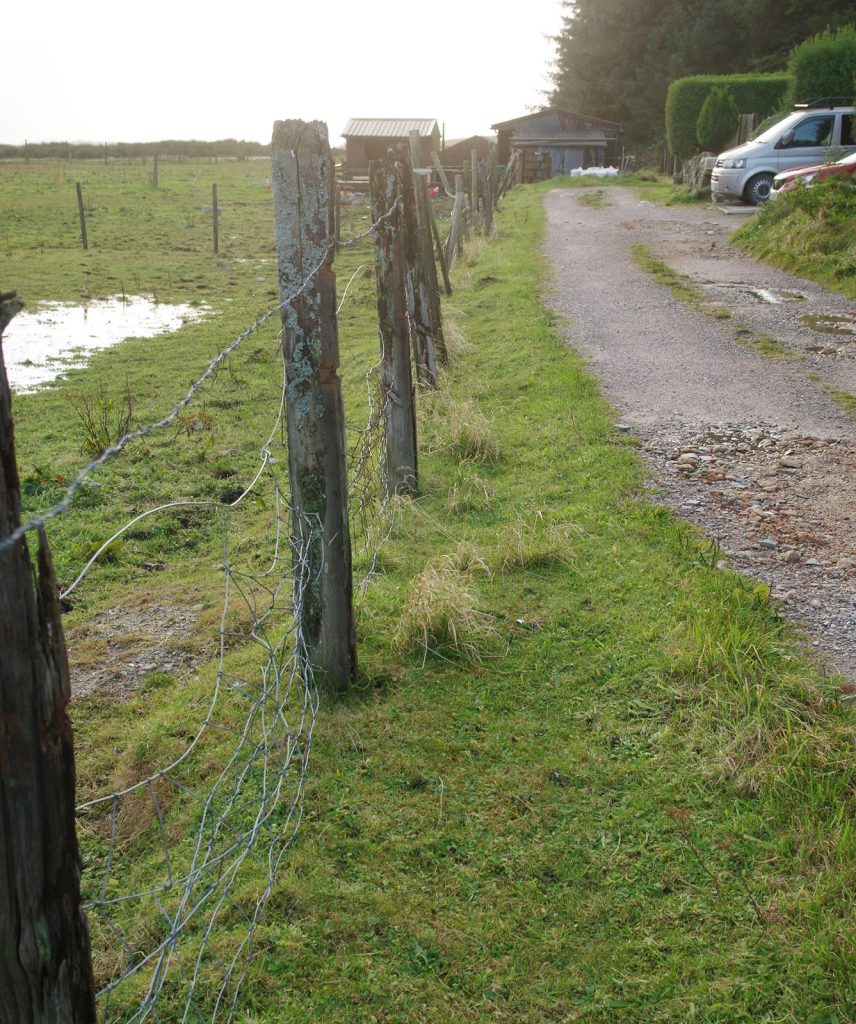Some background: Very many years ago someone bought me a copy of Paul Karau’s excellent “Great Western Branch Line Termini – Volume 2” (I never had volume 1). Reading this inspired me to the idea of one day modelling Princetown station in Devon. With retirement now not that many years away, I have started to embark on this project and am currently in the “historical research” stage.
A key task for the holiday was to visit the site of Princetown station to get a feel for the location. This was my first visit to the site and I wasn’t expecting to find many physical signs, as I was aware that the station had been completely demolished soon after closure in 1956.
Fortunately, the site has still not been built upon and the old track bed is now a cycle track across the moors. I took a great number of photos including those below.

A general view of the site taken from the nearby road. The station building would have been in front of the central block of houses with the right hand end roughly where the caravan is parked.

The only station building still standing is the old ‘stables’ located right at the eastern end of the site. This will most probably be off the end of my layout or it will be even more unfeasibly long than is already intended.
Although the railway buildings have been demolished, the station cottages remain including this one which was the station master’s house. At least the front of these will need to be on the layout.

Looking north across the site the right hand stable building is roughly in the location of the signal box whilst the round muddy area in the foreground appears to be the location of the turntable. Whether this actually reflects the filled in turntable pit or is just a coincidence isn’t clear.

A view looking west towards the signal box location (cottages just off shot on the right). The earth bank with the fence running along the top is clearly visible in contemporary photos. Some of the posts are very old and deteriorated and could possibly date back to the time of closure.

Walking a few hundred metres back along the old tack bed, we reached this original underbridge which not only gives access below the line, but also contains a covered culvert to allow a stream through.
Overall, a productive visit, but future trips will be required to get a few more aspects clear. Some more detailed observations can be found on the Sarum Finescale web site.
